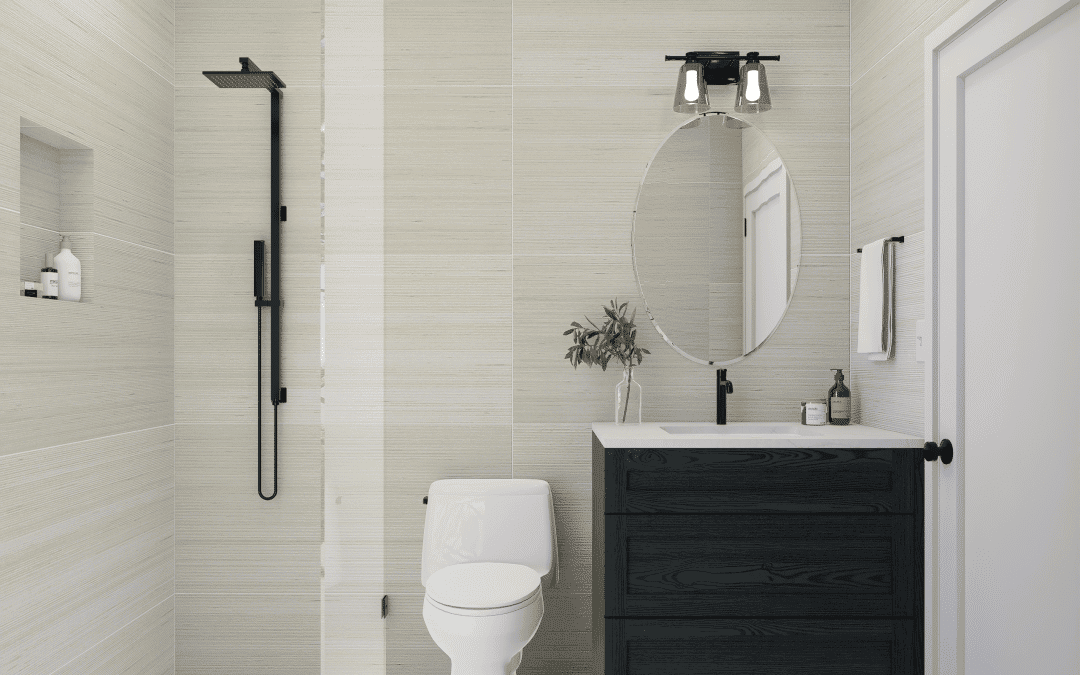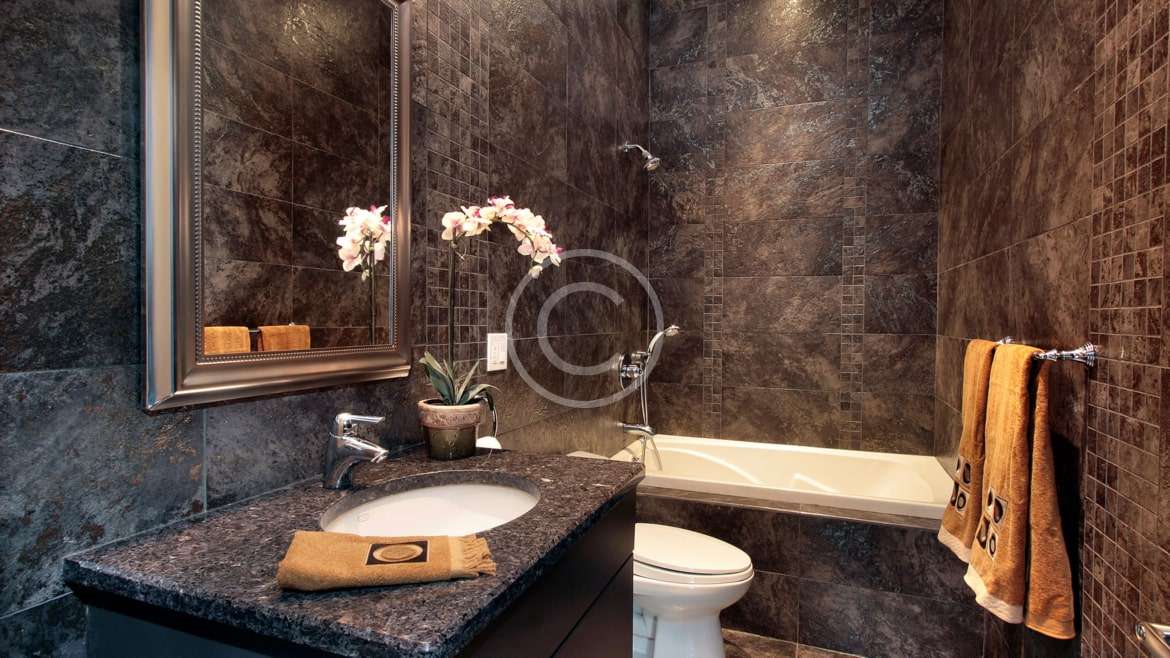
Are Low-Flow Toilets Clog-Prone? Understanding the Mechanics
Share
In today's world, where water conservation is a pressing concern, low-flow toilets have become an integral part of many households and commercial establishments. However, a question that often arises among potential buyers and users is, 'Are low-flow toilets clog-prone?' This question is especially significant for tech professionals and enthusiasts who value efficiency and innovation. In this article, we'll dive into the mechanics of low-flow toilets, examine their propensity to clog, and explore solutions to enhance their performance.

The Advent of Low-Flow Toilets
The introduction of low-flow toilets was a revolutionary step towards sustainable living. These toilets were designed to use significantly less water per flush compared to traditional models, which helps in conserving watera resource that is becoming increasingly scarce in many parts of the world. The Environmental Protection Agency (EPA) estimates that residential toilets account for nearly 30% of an average home's indoor water consumption. Hence, the switch to low-flow models can result in substantial water and cost savings over time.
Understanding the Clog Concerns
The primary concern with low-flow toilets is their potential to clog more frequently than traditional models. This concern stems from the reduced water volume used in each flush. Generally, the standard toilet uses about 3.5 gallons per flush (gpf), whereas low-flow toilets are designed to use 1.6 gpf or less. The reduced water flow can sometimes be insufficient to clear waste effectively, leading to clogging.
The Role of Technology in Low-Flow Toilets
For tech professionals, understanding the technology behind low-flow toilets can provide insights into their functionality. Many modern low-flow toilets incorporate advanced flushing mechanisms such as pressure-assist or dual-flush systems. These technologies are designed to optimize water usage without compromising on performance. For instance, dual-flush toilets offer two flush options: a lower volume for liquid waste and a higher volume for solid waste, effectively reducing water usage without increasing the risk of clogs.
Further reading on installing a dual-flush toilet is recommended for those interested in upgrading their bathroom fixtures.
Statistics and Real-World Performance
Studies and user experiences provide mixed reviews on the clogging tendencies of low-flow toilets. Some users report frequent clogs, while others experience smooth operation. A critical factor influencing these outcomes is the design of the toilet's trapwaythe curved pipe that carries waste from the toilet bowl to the drainpipe. A well-designed trapway can significantly reduce clogging incidents.
Solutions to Minimize Clogging
For those who have experienced clogging issues with low-flow toilets, there are several strategies to consider:
- Regular Maintenance: Ensure that the toilet is cleaned and maintained regularly to prevent buildup that can lead to clogs.
- Quality Installation: Proper installation by a professional plumber can make a significant difference in the toilet's performance. Check out upgrading an old toilet for guidance.
- Choosing the Right Model: Not all low-flow toilets are created equal. Research and select models that have a reputation for reliability and performance.
- Innovative Accessories: Consider using eco-friendly bathroom accessories that enhance the toilets efficiency, as discussed in eco-friendly bathroom accessories.
Comparative Analysis with Traditional Toilets
While low-flow toilets may have a reputation for clogging, it's essential to compare their overall performance with traditional toilets. Traditional models, while less prone to clogging, use significantly more water, which can be a detriment in drought-prone areas. The technological advances in low-flow toilets, such as pressure-assisted systems, have dramatically improved their efficiency and reliability.
For those considering a switch, understanding choosing the best flush system can be crucial in making an informed decision.
Future Innovations in Toilet Technology
As technology continues to evolve, the future of low-flow toilets looks promising. Researchers and manufacturers are continually working on innovative designs that will further reduce water usage while minimizing the risk of clogs. Smart toilets with sensors and automated flush systems are already on the market, offering tech enthusiasts a glimpse into the future of bathroom technology.
For a deeper dive into the benefits of water-efficient toilets, check out this comprehensive guide.
Conclusion
In conclusion, the question 'Are low-flow toilets clog-prone?' cannot be answered with a simple yes or no. While they do present certain challenges, the benefits of water conservation and the technological advancements in their design make them a viable option for environmentally conscious individuals. By understanding their mechanics and employing proper maintenance strategies, users can enjoy the benefits of low-flow toilets without frequent clogs.

FAQs
Do low-flow toilets really save water?
Yes, low-flow toilets are designed to use significantly less water per flush compared to traditional toilets, which helps in conserving water and reducing utility bills.
Can I retrofit my existing toilet to a low-flow model?
Yes, there are kits available that allow homeowners to convert their existing toilets into low-flow models. For more information, consider exploring this DIY guide.
What should I do if my low-flow toilet clogs frequently?
If clogs are frequent, consider having a professional inspect the toilet for any installation issues. Regular maintenance and choosing a model with a well-designed trapway can also help reduce clogs.
This article contains affiliate links. We may earn a commission at no extra cost to you.
